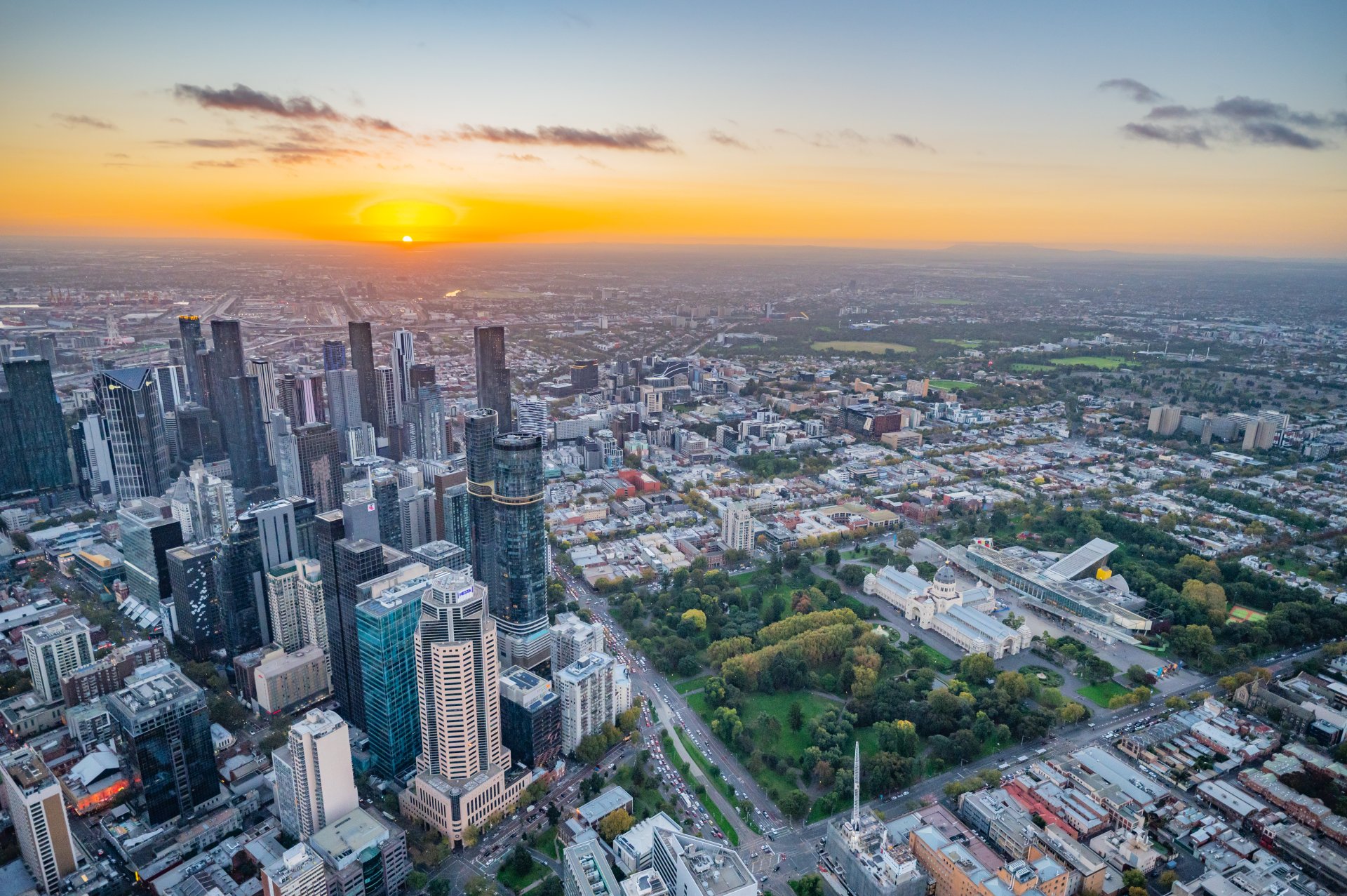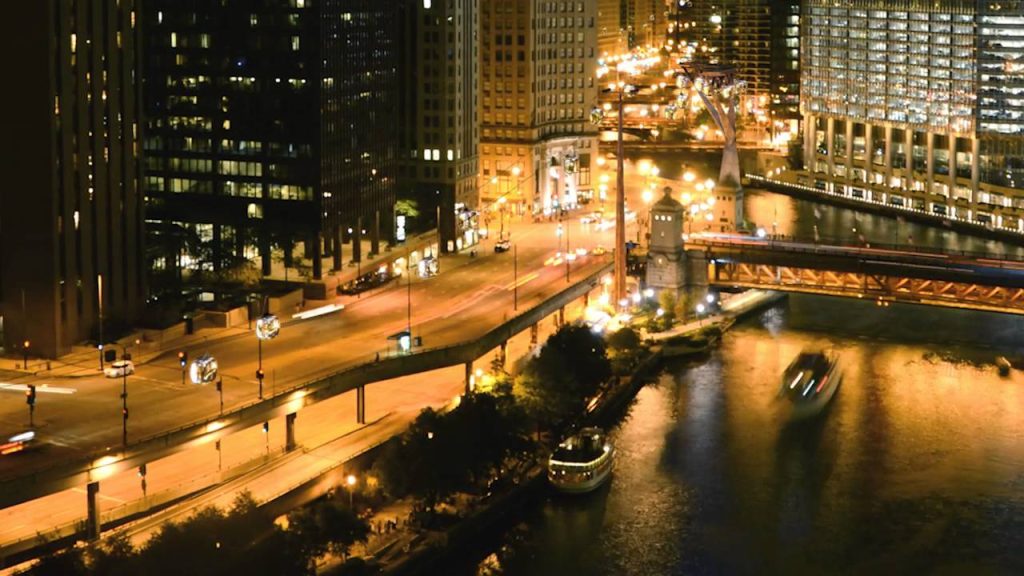In the vast landscape of American cities, Chicago and Baltimore stand out as two major urban centers with distinct histories, economies, and cultural identities. While both cities have evolved from their industrial roots, they now represent different facets of urban life in the United States. This article provides a detailed comparison of key aspects such as economic opportunities, cost of living, crime rates, and local governance to help readers understand what makes these cities unique.
Economic Landscape and Job Market
Baltimore has long been known for its strong presence in healthcare, life sciences, and technology. Major employers like Johns Hopkins University and its affiliated hospital system are central to the city’s economy. The city also benefits from its proximity to Washington, D.C., which brings in federal jobs through agencies like the Social Security Administration and Centers for Medicare and Medicaid Services. Additionally, Fort Meade is home to the National Security Agency (NSA), further bolstering the city’s defense and cybersecurity sectors.
In contrast, Chicago boasts a more diverse and expansive economy. It is a hub for finance, insurance, and professional services, hosting institutions like the Chicago Mercantile Exchange (CME) and the Chicago Board of Trade (CBOT). The city is also a key player in transportation and logistics, leveraging its central location in the Midwest. Companies like United Airlines and Kraft Heinz are headquartered in Chicago, reflecting its broad economic base.
Both cities have made significant investments in technology and innovation. Baltimore has developed tech parks to attract startups and biotech firms, while Chicago continues to build on its growing startup ecosystem in areas like fintech and software development.
Cost of Living Comparison
One of the most notable differences between Chicago and Baltimore is the cost of living. Housing is a major factor, with Baltimore offering significantly lower prices compared to Chicago. The average rent for an apartment in Baltimore is much more affordable, making homeownership more accessible. In Chicago, the high demand for real estate and limited supply have driven up both rental and purchase prices.
Beyond housing, other expenses also vary. Groceries and healthcare tend to be slightly more expensive in Chicago, while utilities are comparable or even slightly cheaper in Baltimore. Transportation costs can differ based on public transit usage and gas prices, with Chicago having higher public transit fares and Baltimore relying more on personal vehicles.
Taxes also play a role. Maryland has a progressive income tax ranging from 2% to 6.50%, while Illinois has a flat rate of 4.95%. However, Illinois has some of the highest property tax rates in the country. Sales taxes are also higher in Chicago, with a combined rate exceeding 10%, compared to 6% in Baltimore.
Crime and Public Safety
Crime is a critical factor in evaluating the quality of life in any city. Baltimore has historically struggled with high violent crime rates, including homicides and robberies. However, recent data shows a notable decline in homicides, with numbers reaching their lowest point in nearly a decade. This improvement is attributed to data-driven strategies such as the Group Violence Reduction Strategy, which focuses on at-risk individuals and offers support through job training and mentorship.
Despite this progress, property crime remains a challenge, particularly robbery. The city continues to focus on community-based solutions to address the root causes of crime.
Chicago has also seen a drop in violent crime, including homicides and shootings, but it still faces high levels of gun violence, often concentrated in certain neighborhoods. The city has implemented public safety initiatives that emphasize community engagement and addressing systemic issues like poverty and lack of education.
Both cities use data analytics to guide their crime prevention efforts, but Baltimore has placed a stronger emphasis on intervention programs, while Chicago has focused on neighborhood revitalization and police reform.
Local Governance and Civic Engagement
Both Chicago and Baltimore operate under a mayor-council system, where the mayor serves as the chief executive and the city council acts as the legislative body. In Chicago, the City Council consists of 50 alderpersons, each representing a specific ward. This structure allows for direct representation and community engagement.
In Baltimore, the City Council is smaller, with 14 members elected from districts and a City Council President elected at-large. The council works through standing committees to review legislation before it is brought to the full council, allowing for more detailed public input.
Residents in both cities can participate in public comment periods, engage with community boards, and communicate directly with elected officials. Chicago has introduced a “co-governance” framework to encourage collaboration between the city government and residents. Baltimore has established community associations and a civic fund to foster partnerships between the city and philanthropic organizations.
Conclusion: Which City Is Right for You?
When comparing Chicago and Baltimore, the decision ultimately depends on individual priorities. If you’re looking for a diverse and dynamic economy with a strong financial sector, Chicago may be the better choice. However, if you value affordable housing, a lower cost of living, and a closer-knit community, Baltimore could be more appealing.
Both cities offer unique experiences, from Baltimore’s historic neighborhoods to Chicago’s iconic architecture. Whether you’re considering a move, a visit, or simply learning about the U.S., understanding the differences between these two cities can provide valuable insights into the broader American urban landscape.
Author: Michael Thompson
Title/Role: Senior Urban Analyst
Credentials: With over a decade of experience analyzing urban trends and economic development across the United States, Michael specializes in comparative city studies and policy analysis.
Profile Link: https://www.michaelthompsonurbananalysis.com
Sources:
– U.S. Census Bureau
– PayScale Cost of Living Calculator
– FBI Uniform Crime Reporting Program
Related Articles:
– Top US News: How Cities Are Adapting to Modern Economic Shifts
– Trending News USA: The Future of Urban Development
– Current Events in USA: Crime Trends and Community Responses
Stay updated with the latest news by following our blog and subscribing to our newsletter. Explore today’s headlines and gain insights into the ever-changing landscape of American cities.
URL Slug: us-trending-news-chicago-vs-baltimore
Image Optimization:
–
–
– 
–
– 











More Stories
US Trending News: The History and Legacy of Zoo York in Streetwear Culture
US Trending News: Youngboy Concert in Birmingham: What to Know Before You Go
Understanding ‘You Got That Right’ in The New York Times: Context and Implications